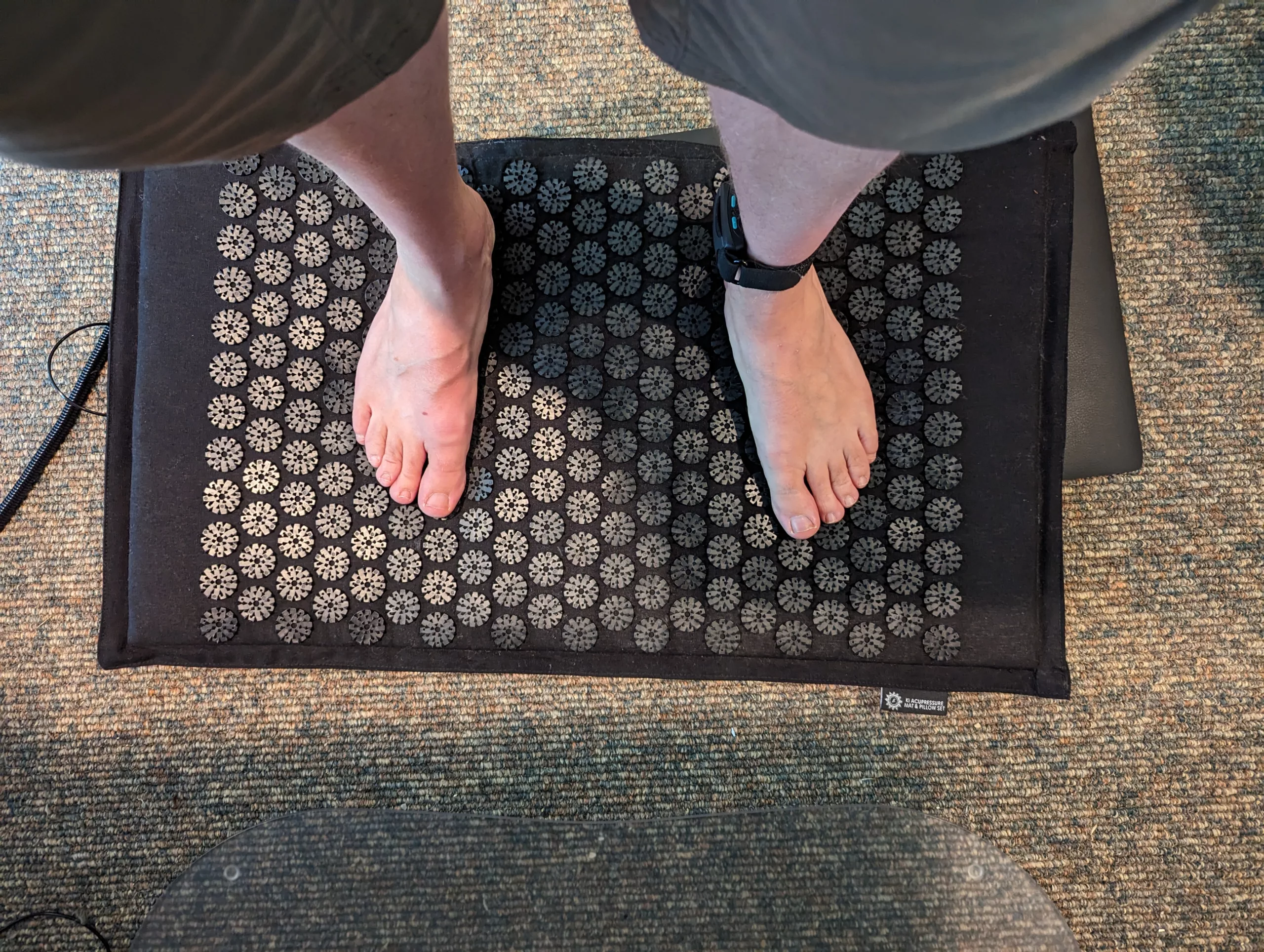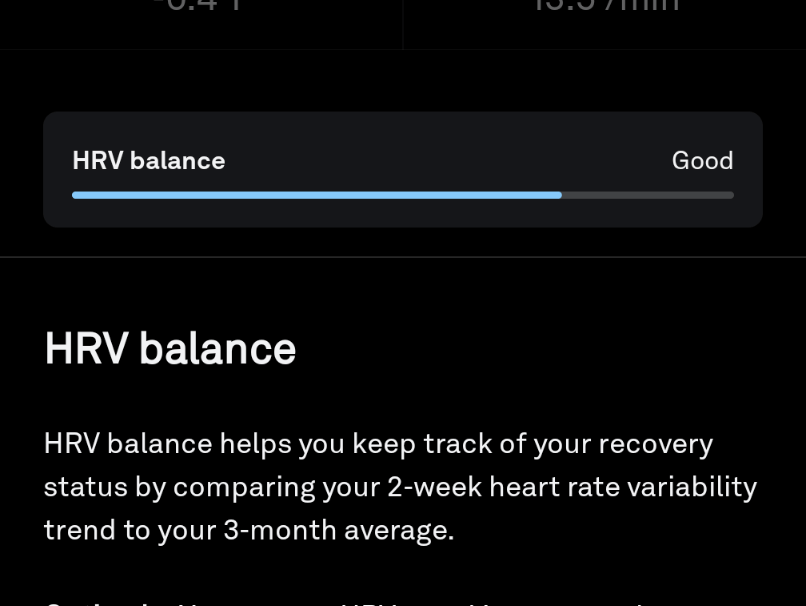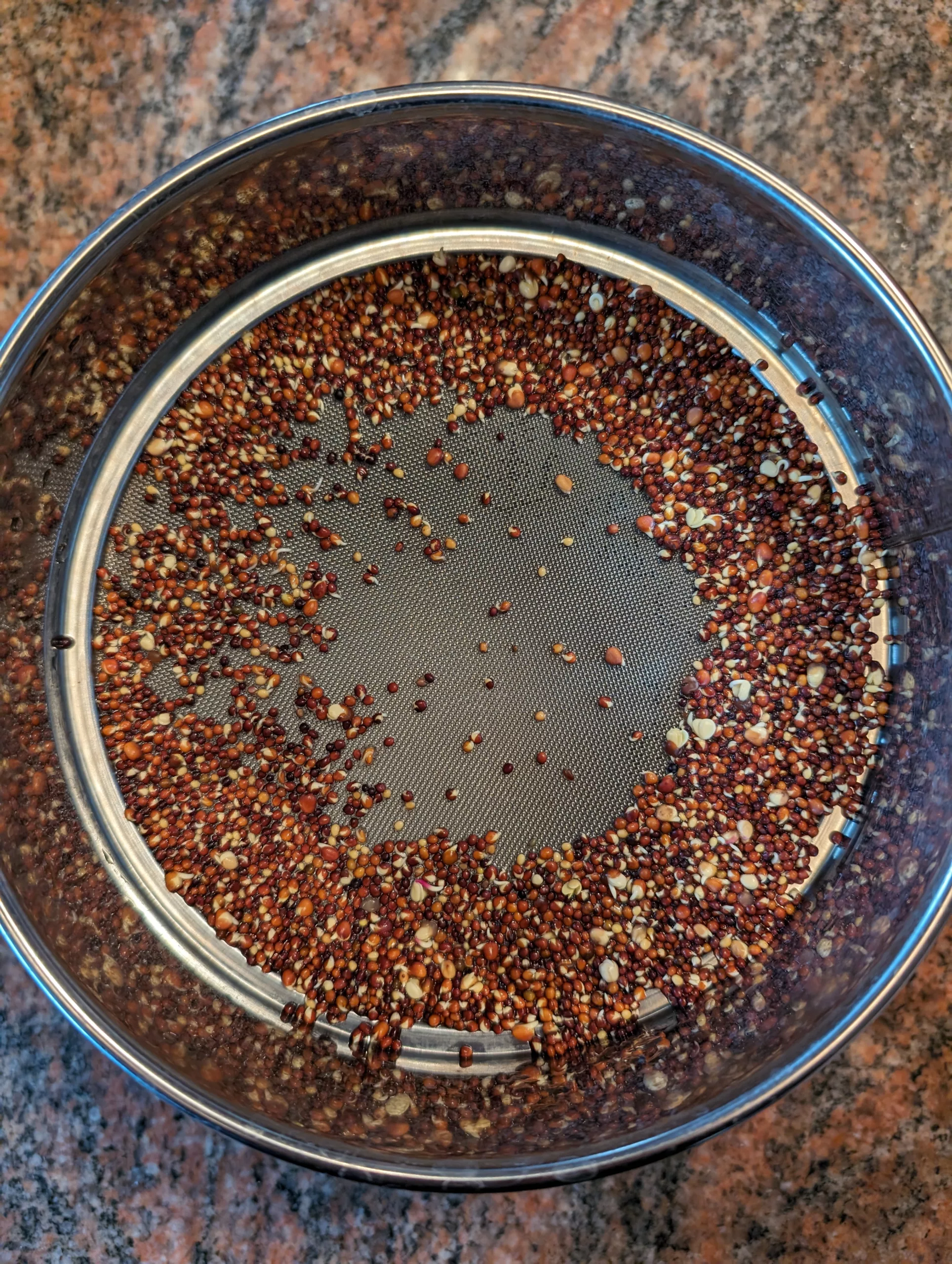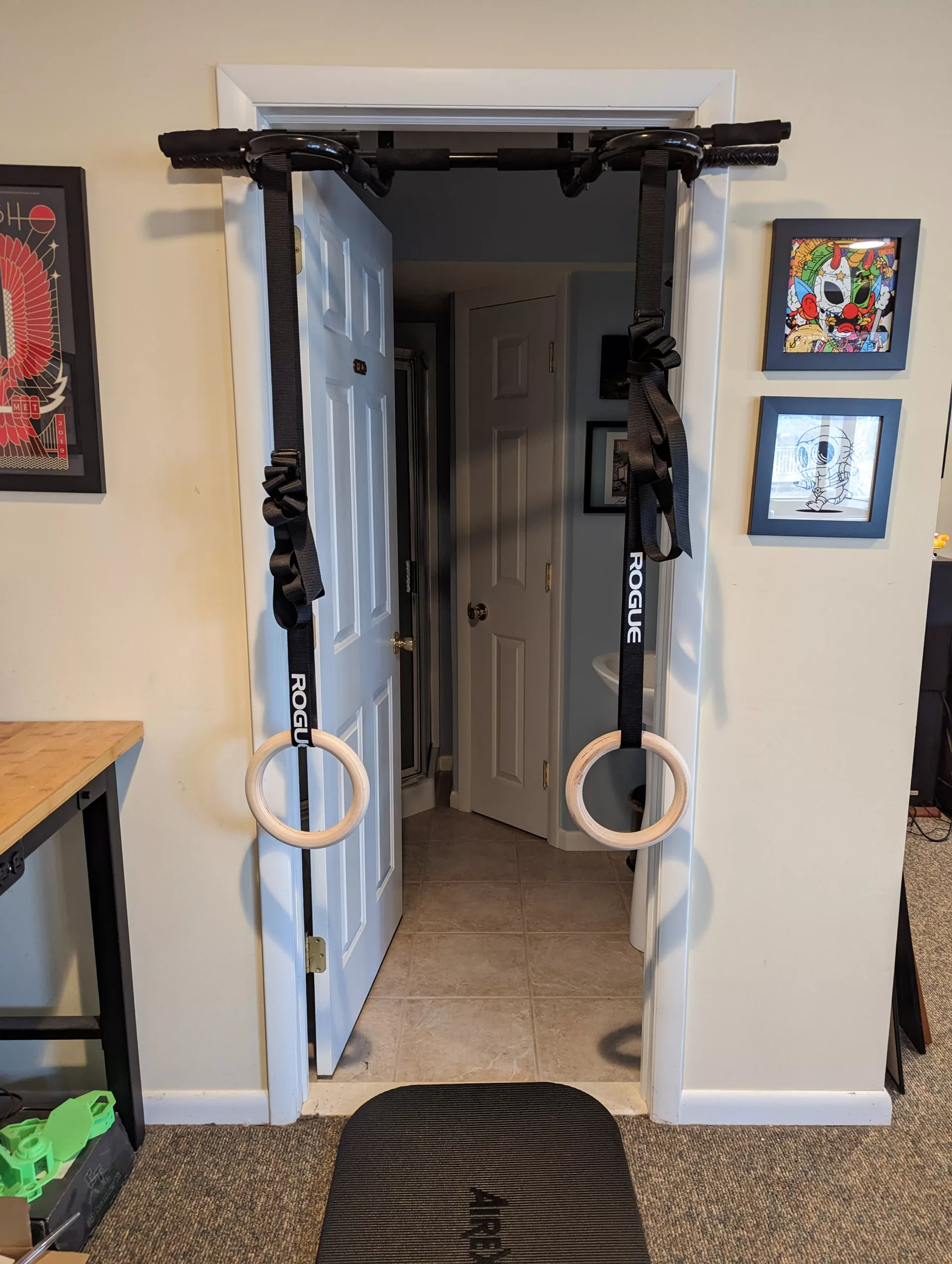The Barefoot Revolution: Why You’ll Love Wearing Zero Drop Shoes for Adventure and Beyond
As we focus on the complexities of modern life, it’s easy to overlook one of the most fundamental aspects of our daily existence: our feet. We stuff them into ill-fitting shoes, pound the pavement, and expect them to perform without complaint. But what if our shoes are actually doing more harm than good? Enter barefoot shoes, a game-changing innovation that’s revolutionizing the way we think about footwear.
What Are Barefoot Shoes?
When I talk about barefoot shoes, I’m mostly referring to Zero drop shoes. The term barefoot shoes can also be used when talking about more minimalist footwear. In both cases, this type of shoe is designed to mimic the natural stride of the human foot. Unlike traditional shoes, which feature a raised heel and supportive arch, zero drop shoes have a flat, even sole. This allows the foot to move freely.
The barefoot shoe design philosophy is based on the idea that our feet are perfectly capable of supporting our body weight and facilitating movement, without the need for artificial support or cushioning. Minimalist shoes often take this concept further, by minimizing the amount of material between you and the ground allowing your feet to actually sense the ground beneath you. To me, ‘Zero Drop’ is the most important factor. Both types of footwear tend to be better than the traditional ‘sneaker’ that we were all raised wearing.
The Benefits of Zero Drop Shoes
So, why should you consider making the switch to zero drop shoes? Here are just a few compelling reasons:
- Improved Posture: By allowing the foot to move naturally, zero drop shoes promote better posture and alignment. This can have a ripple effect throughout the body, reducing the risk of back pain, neck strain, and other musculoskeletal issues.
- Increased Strength and Flexibility: When we wear traditional shoes, our feet become reliant on the artificial support and cushioning. Zero drop shoes, on the other hand, encourage the foot muscles to work harder. By allowing your feet to function naturally, barefoot and zero drop shoes can help strengthen your foot muscles, reduce fatigue, and improve flexibility over time.
- Better Balance and Proprioception: The flat sole of zero drop shoes (especially in more minimalist varieties) allows for greater sensory feedback, helping us to develop better balance and proprioception (our ability to sense the position and movement of our body).
- Reduced Risk of Injury: By mimicking the natural way our feet function, zero drop shoes can reduce the risk of common injuries such as plantar fasciitis, Achilles tendonitis, and shin splints. These foot strength and flexibility issues are often caused by compensation mechanisms developed from wearing traditional shoes with elevated heels.
- Improved Running Form: For runners, zero drop shoes can be a revelation. Zero drop shoes promote a more natural walking or running gait, which can help improve balance, agility, and coordination. By allowing the foot to land midfoot or forefoot, rather than heel striking, runners can reduce their risk of injury and improve their overall form.
- Breathability and Comfort: Many barefoot and zero drop shoes use lightweight, breathable materials that help keep your feet cool, dry, and comfortable throughout your activities.
- Environmental Benefits: Barefoot and zero drop shoes typically use less material and fewer resources than traditional shoes, making them a more eco-friendly choice.
The Transition Process
If you’re considering making the switch to zero drop shoes, it’s essential to do so gradually. Here are a few tips to help you transition smoothly:
- Start with short distances: Begin by wearing zero drop shoes for short periods, such as a 30-minute walk or run.
- Gradually increase your mileage: As your feet adapt, you can gradually increase your mileage and intensity.
- Listen to your body: If you experience discomfort or pain, don’t push through it. Take a break and allow your feet to recover.
- Choose the right shoe: Look for a zero drop shoe that offers a comfortable fit and adequate protection for your feet.
My Barefoot Shoes Adventure
I’ve been slowly replacing all of my footwear over the last few years with zero drop and barefoot shoes. I’ve tried a bunch of brands, but there are three specific shoes (from three different brands) that I recommend. Each one of them has a certain area where they excel.
Most Barefoot Shoe
The most barefoot shoe that I wear and actually like is EarthRunners. I currently wear the Circadian Sandals with Performance laces. This is both a zero drop shoe and fairly minimalist as well.
Initially, I bought these to be ‘camp shoes’ that allowed me to let my feet breathe after a long day of backpacking. I used to use flip-flops for this. The EarthRunners weigh more than these. However, one time walking from camp at night to get water convinced me that the extra weight was all worth it. If a freak occurrence on the trail destroyed my hiking boots, I could likely hike out in EarthRunners without a major problem. For such an ultra-lightweight shoe, they’re also surprisingly durable. To top it off, they remain unbelievably secure with the performance laces. In addition to using this as a general summer time and camp shoe, I also reach for it anytime I’m doing anything in and around bodies of water.
The Workhorse Barefoot Shoe
When I am hiking, or active and need something more robust than my EarthRunners, I’m almost always wearing Altras. I personally love the Altra Lone Peak 6. Altra is currently on the Lone Peak 8, but I loved the 6 so much that I bought every pair that I could in my size the moment I heard it was being discontinued. It’s possible the 7 and 8 are even better, but I haven’t tried them yet.
The Altra Lone Peak 6 is billed as a trail running shoe. It embodies the principles of zero drop and barefoot-inspired design. It’s not really a ‘minimalist’ shoe as the rock plate allows you to hike the peaks of Pennsylvania without feeling like you’re on a bed of nails. Even so, the sole is still very flexible, there is minimal cushioning and the shoes are very breathable. I like the Lone Peak 6 over other comparable hikers because of the wide toe box. This allows your feet to assume a natural foot shape rather than being crammed inside while properly navigating elevation.
The Dress Up Barefoot Shoe
One of the biggest issues I’ve had in my barefoot shoes journey was finding something that even looked “OK” in situations that required me to be dressed up a bit. This pretty much ended after I bought a pair of Vivobarefoot’s men’s RA IIIs. The shoes themselves are fantastic, but Vivobarefoot’s certified B Corp status and commitment to sustainability makes these one of my favorite pair of barefoot shoes. They also provide great information on making the transition to being a “barefoot” shoe person after a lifetime of wearing more traditional footwear.
Vivobarefoot is one of the pioneers of zero drop shoes. I feel that they tend to have fairly innovative and versatile designs. They do this, while still keeping things zero-drop and adhering to the barefoot principles. I haven’t had to take advantage of it yet, but through their REVIVO program, you can send back your shoes that have reached end of life and they will refurbish them!
The Missing Link
If there’s one area where I’m missing a barefoot shoe that I truly enjoy, it’s in general training. Most of the time I workout in bare feet, but there are some times where I’d like to have shoe protection. Especially now that I’ve become a regular treadmill user, my next search is to find a barefoot shoe that works great in (ideally) both of these situations. Have one that might fit the bill? Let me know!
From conquering mountains to crushing deadlines, my favorite zero drop shoe brands have got you covered. So why not give them a try and experience the barefoot shoe revolution?
Conclusion
Embracing barefoot shoes is a journey that requires patience, persistence, and a willingness to challenge conventional wisdom. The rewards are well worth it: stronger feet, better posture, and a reduced risk of injury. I hope this overview of my journey helps you understand the benefits of barefoot and zero drop shoes even more! If you have any specific questions or want to know more about a particular model, feel free to ask. Ready to take the first step towards a more natural stride? Your feet will thank you.




